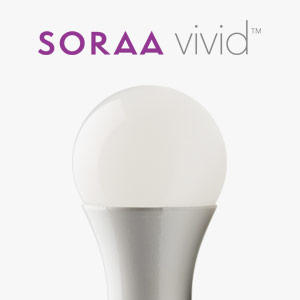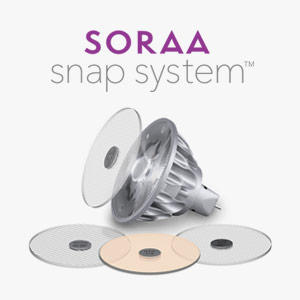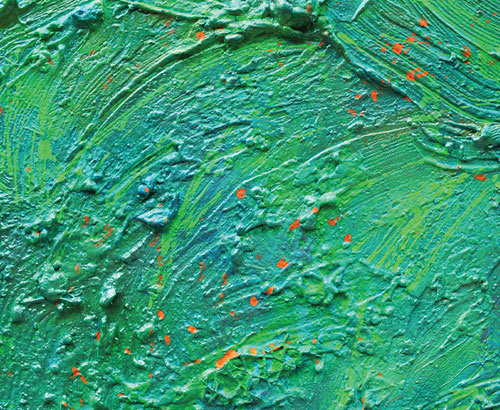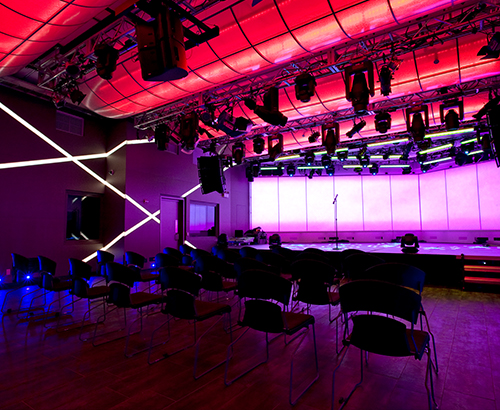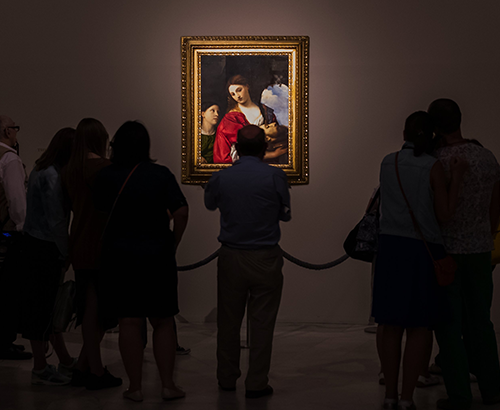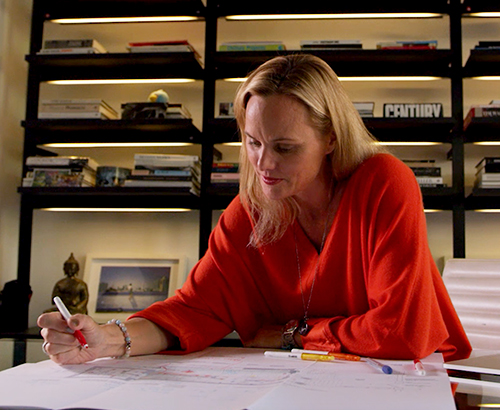Reinventing the University Museum Experience with a Sustainable Lighting Approach
November 2018 - by SORAA
I like this
Whether observing African textiles and ceramics or contemporary paintings and sculptures, visitors linger for hours to savor the University of Michigan Museum of Art’s masterfully crafted galleries and exhibits. Sophisticated lighting is critical when enhancing artwork and the visitor experience—especially when more than 20,000 objects, from furniture to daguerreotypes to stained glass windows, call UMMA home.
Before the University of Michigan’s Energy Management team met with UMMA to discuss opportunities to reduce the building’s energy usage in hopes of lowering greenhouse gas emissions, the museum illuminated its spaces with a combination of LED and incandescent lamps.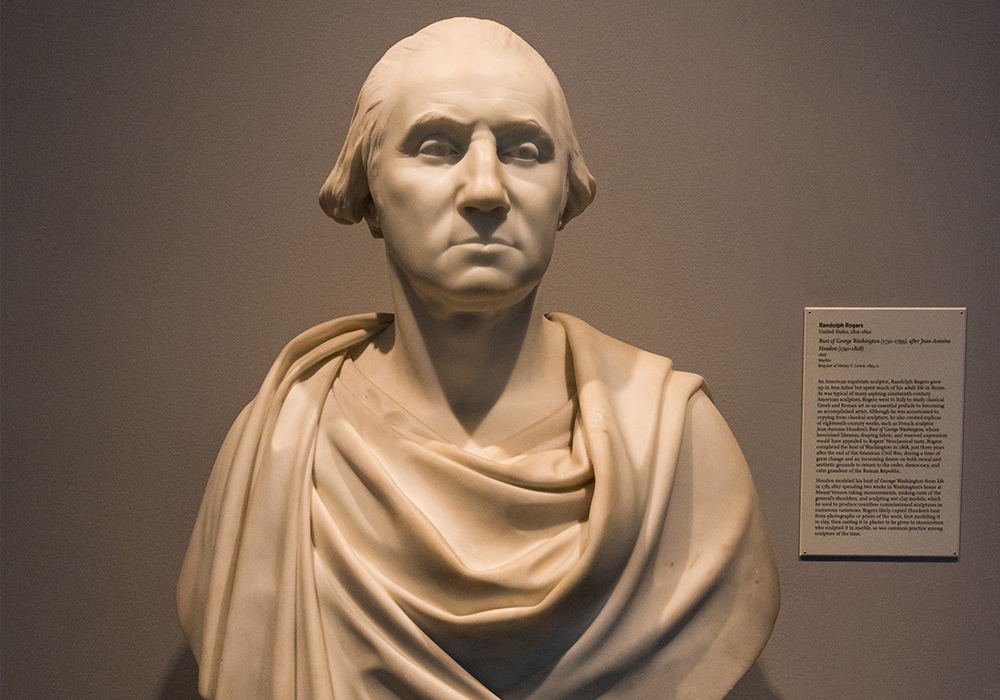
How does a lighting designer effectively illuminate one of the largest university art museums in the United States while meeting increasing sustainability goals? Kate Holoka, collections and exhibitions technician at UMMA, found the answer in SORAA LED lamps and the SORAA Snap System™.
Read Kate’s rendition of the project below and learn how she’s helping the museum meet the University of Michigan’s sustainability goals, reduce energy costs, cut greenhouse gas emissions and reinventing the museum experience for years to come.
The Project
Converting the museum’s lighting system to LEDs has been a tantalizing prospect for years. We were looking for an LED solution that would benefit the environment without compromising the museum’s aesthetics. We have about 700 gallery lights in use. To change the lamps from 2,500-hour to 35,000-hour lifespans is a preparator’s dream! But until recently, the LED industry could not produce a bulb that met UMMA’s standards for color quality and beam spread.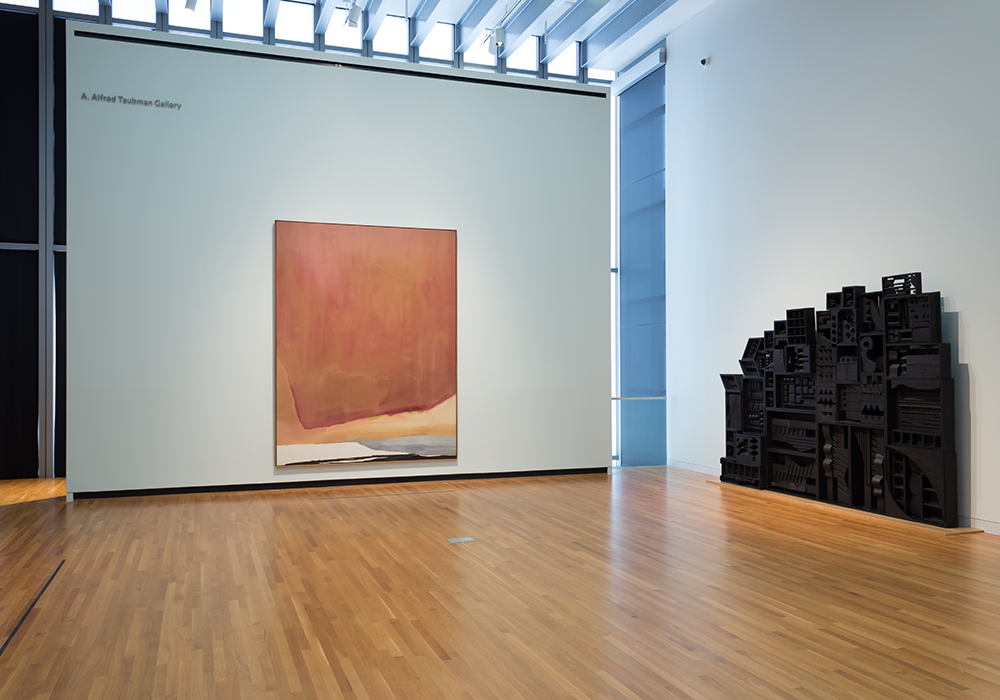
We tried products from various manufacturers, but choices were limited, and lamps we liked were often discontinued if they sold poorly in the larger marketplace. As a result, we only swapped out a few lights, creating a mix of LED and incandescent lamps with varied color temperatures. As badly as we wanted to switch to LEDs, we were largely unhappy with available options for the past five years.
We even considered whole new fixtures with built-in LEDs. But, this was much too costly. Besides the upfront expense, entire fixtures would have to be replaced when the unit finally burned out, creating unacceptable financial and environmental costs. It is more cost effective to use existing fixtures fitted with new bulbs. Enter SORAA, the only company currently offering full-spectrum violet LED lamps.
Achieving Sustainability Goals
In the summer of 2016, the University of Michigan’s Energy Management team contacted UMMA to discuss reducing our building’s energy consumption in order to make progress toward the university’s goal of lowering greenhouse gas emissions. Converting UMMA’s gallery lighting to LEDs is one component of that initiative. With financial help from Energy Management, UMMA made a complete conversion to SORAA’s high-quality LED lamps. This has allowed UMMA to save energy, reduce waste and expedite lighting maintenance, while improving the overall look of our exhibition spaces.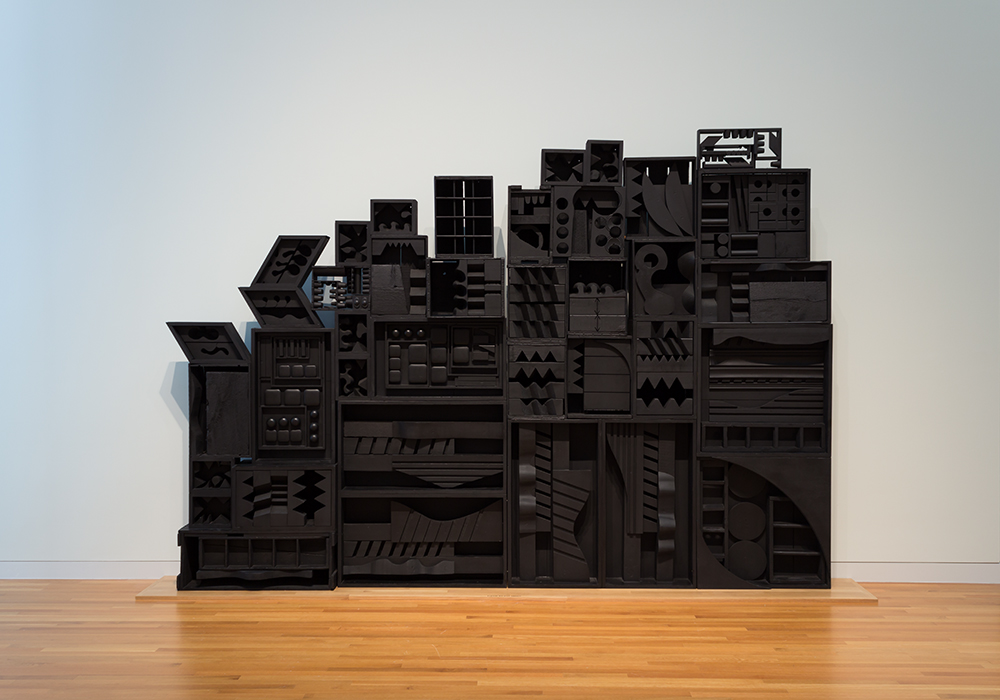
The SORAA Snap System™ allows for adjusting individual light intensities and beam spreads without discarding a bulb. Previously, our stock room had to carry more than 50 different incandescent light bulbs, since each object has specific illumination needs. In the past, this meant pulling out half-used bulbs and replacing them with the appropriate new ones. Even though we recycled used bulbs, this still created a lot of waste.
Now, we can use each LED lamp through its entire life span simply by adjusting the snap lenses. The museum only needs to stock two bulb types (PAR38 and MR16) instead of fifty.
The Outcome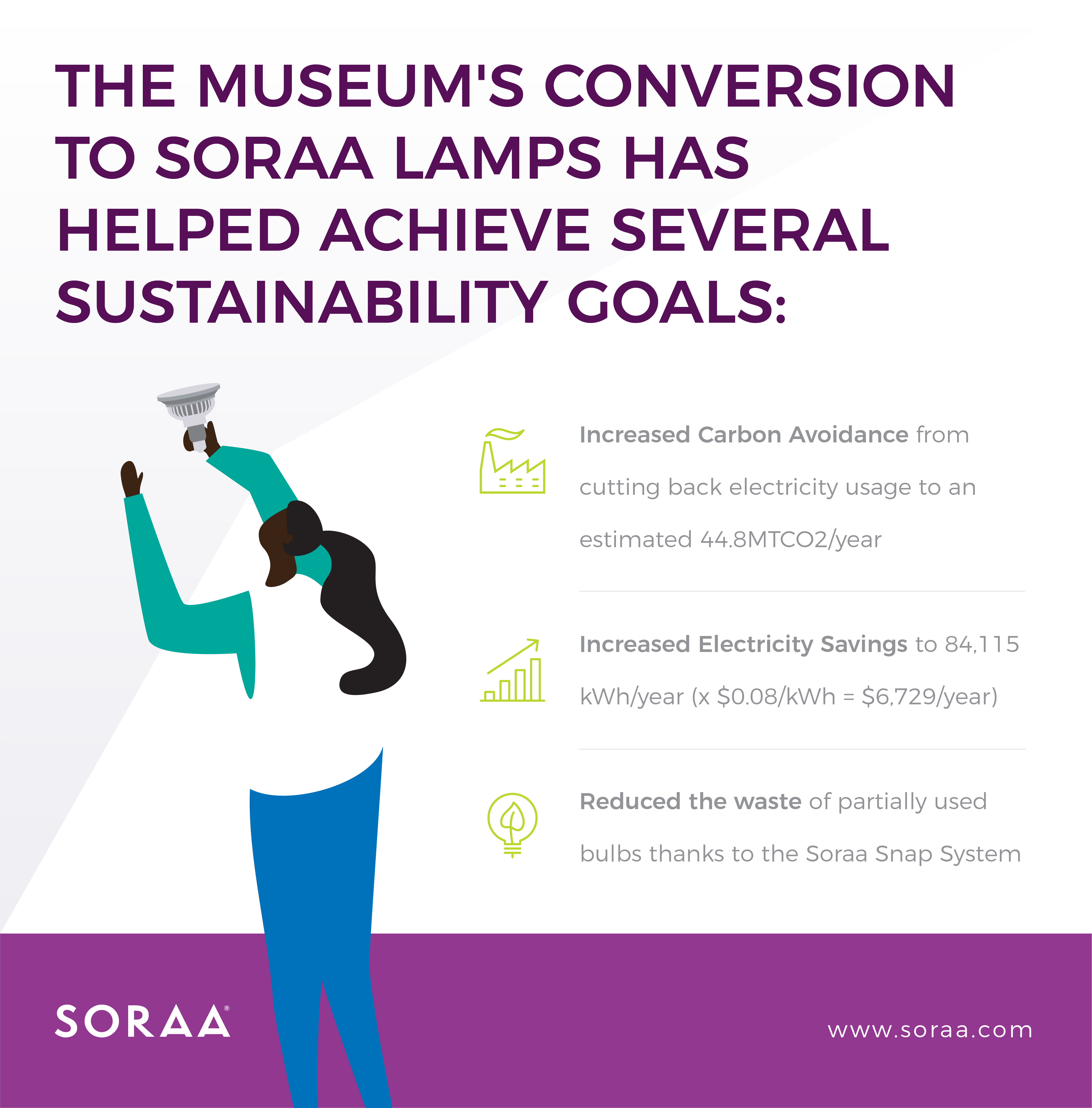
Our conversion to SORAA lamps has:
- Increased Carbon Avoidance from cutting back electricity usage to an estimated 44.8MTCO2/year
- Increased Electricity Savings to 84,115 kWh/year (x $0.08/kWh = $6,729/year)
- Reduced the frequency of lamp replacement
- An average lifespan of PAR38 bulbs is fourteen times longer than incandescents (2,500 hours vs 35,000 hours)
- An average lifespan of MR16 bulbs is seventeen times longer than incandescents (2,000 hours vs 35,000 hours)
- Reduced the waste of partially used bulbs thanks to the SORAA Snap System
Not only have we found an LED solution that benefits the environment and saves money, but we have also enhanced the atmosphere of the museum. UMMA galleries appear much brighter under the crisp light of LEDs.
Warm color temperature lights are fine for relaxing at home, but light in museums must not only create inviting spaces, but faithfully render colors and whites. Incandescent bulbs produce a warmer, yellowish light that alters colors and betrays the artists’ intentions. SORAA LEDs make the blues and greens in some of our eighteenth and nineteenth century oil paintings stand out like never before.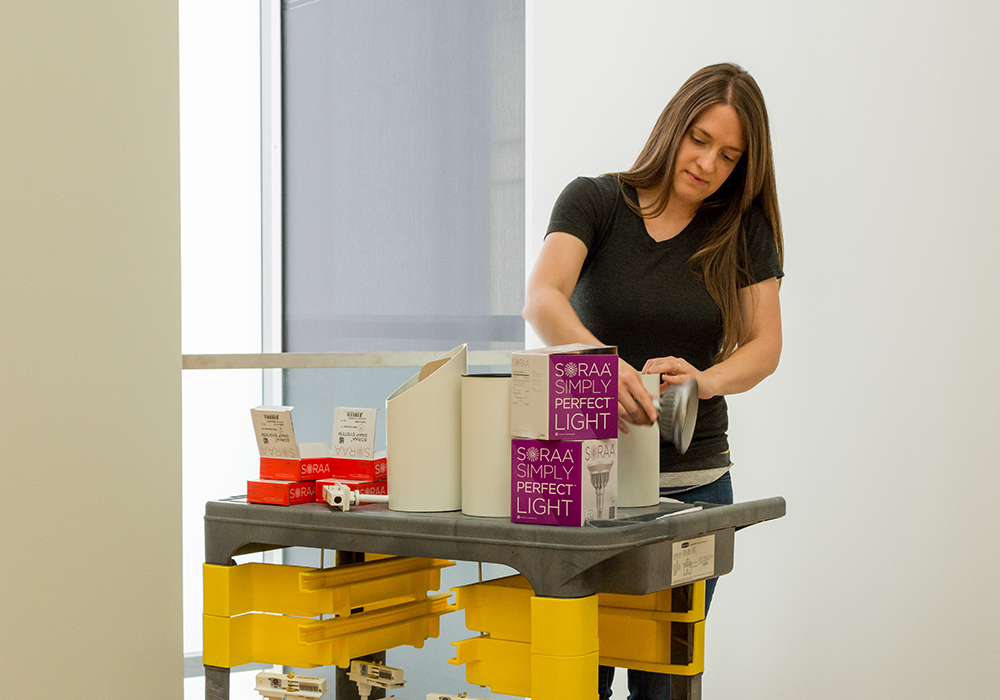
In addition to ensuring color accuracy, SORAA LEDs make obscured elements of composition and texture more discernible. At the same time, they meet our art objects’ conservation requirements by reducing their exposure to damaging ultraviolet and infrared radiation.

